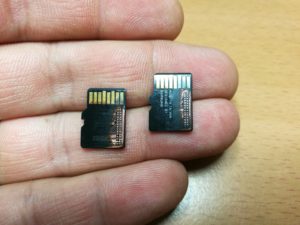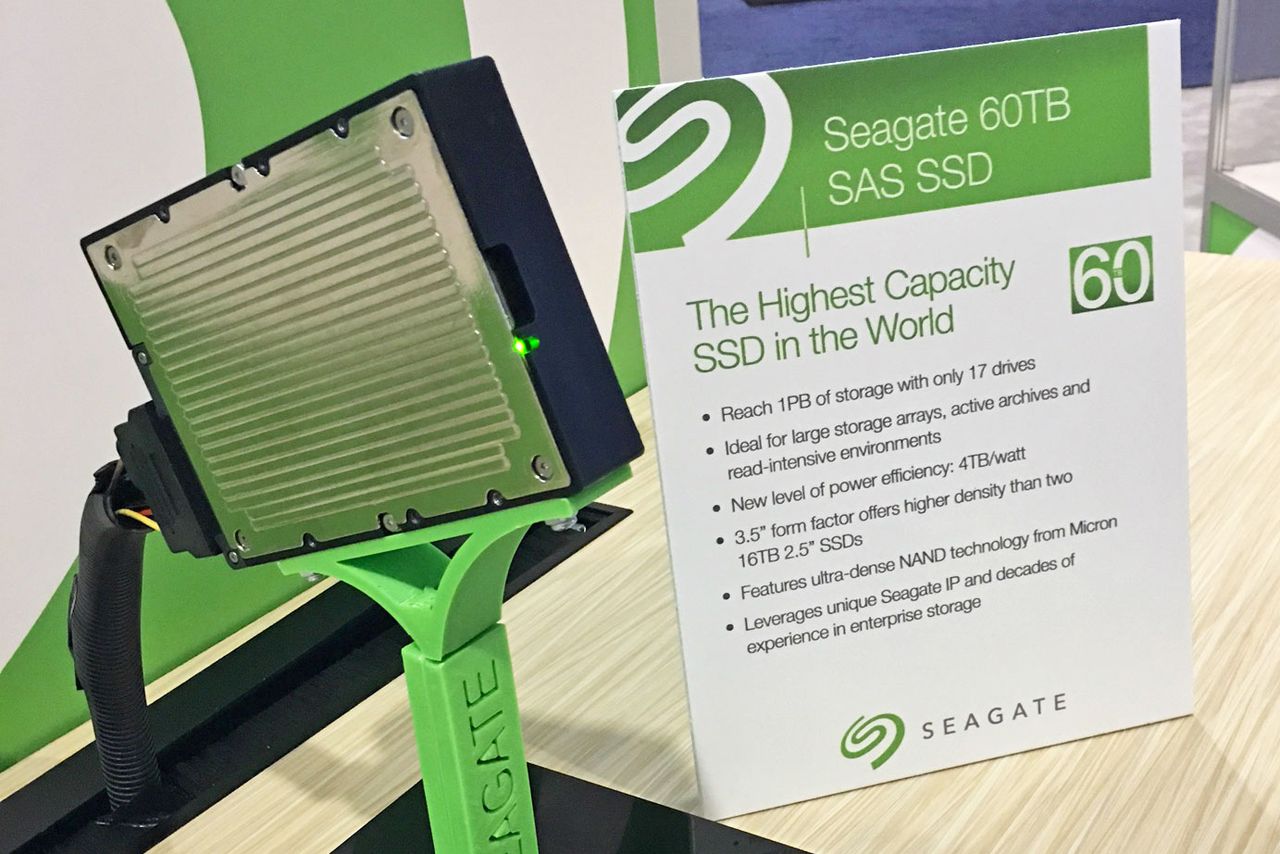Author Archives: AdatVissza
Computer virus
Surprising numbers are faced by Symantec’s annual cyber security report: a lot of users have come across an atrocity last year from computer criminals. 69 percent of the members of the Millennium (Y + Z) generation on social networking sites have fallen victim to cyber crime in the United States, but the situation is not rosy for the entire computer population: more than half of the adult Internet population (about 143 million people) are affected by malicious program, virus, spyware, blackmail virus, or phishing scam last year – says Symantec’s 2017 survey, which, of course, has not only done in the United States, but in 20 other countries around the world. The Norton Cyber Security Insights report also pointed out that we are already talking about 978 million Internet users globally that somehow have access to computer criminals. The most common incidents were: viral infection (53 percent), credit card fraud (38 percent), password forgery (34 percent), unauthorized access to one user’s account (34 percent), scam on online shopping (33 percent), cheating emails or sensitive personal information click fraud (32 percent). As a result, consumers who have been subjected to cybercrime have globally lost $ 172 billion, an average of $ 142 per victim.
40 TB Western Digital
Huge 40TB hard drives are on the horizon, thanks to Western Digital

Western Digital (WD) has announced its next biggest innovation in hard drives, and it could bring capacities all the way up to 40 terabytes.
At its San Jose, California headquarters, WD announced the world’s first microwave-assisted magnetic recording (MAMR) hard drives. The storage company claims its innovative MAMR technology will enable its future hard drives to store more than four terabytes-per-square-inch.
The result will enable hard drives that could come with 40 terabytes of capacity and beyond by 2025.
At the heart of WD’s MAMR technology is a new spin-torque oscillator that generates a miniature microwave field that increases the ability to record ultra-high-density data.



How’s it all work?
Basically, as the recording arm floats over the hard drive’s data platter, this extra radiation from the spin-torque oscillator helps excite the disk drive’s data storing medium to increase the amount of information that can be written.
Previously, WD looked into a heat-assisted magnetic recording (HAMR) technology to dramatically increase data storage capacity. However, the company realized this process introduced an entirely new manufacturing process as well as too much heat that ruined the reliability of hard drives by cooking them at 400- to 700-degrees Celsius.
By comparison, the spin-torque oscillator MAMR achieves the same effect without any additional heat or having to retool hard drives completely.
For now, MAMR technology will be first introduced into WD’s enterprise and server storage solutions. But, given that the company’s helium-filled Helio drives in November 2013 trickled down to the consumer market by March 2016 (in less than three years), we’re likely to see MAMR hard drives for regular consumers soon enough.
Forrás: Techradar
micrSD data recovery – monolith card
Development has happened!
MicroSd cards are backed up by removing the paint layer on the back of the card, and then soldering the “hair-thin” copper wire (s) on the visible points of attachment and using the copper wires to fit the reading unit. The real development lies in the fact that we do not need to bake now, which – in truth, in many cases is not easy – so we made different slots that we made our work faster and more accurate.
60 TB Seagate SSD
Last week, Samsung announced that it had created the world’s largest SSD, a 15.36TB drive that cost $10,000.
This week, Seagate quadrupled that. The company has created a 60TB SAS SSD in a 3.5-inch format that Seagate says should be available sometime in 2017. (The drive will be demoed at the 2016 Flash Memory Summit, a conference that I’m sure is sold out by now.) 60TB is a ridiculous amount of data; a hard drive that size can store 400 million photos or 12,000 movies.
The drive is designed for enterprise use (much like Samsung’s 15TB drive), and will support both hot and cold data, which will let data centers swap out their old 3.5-inch HDD drives for Seagate’s 60TB SSD pretty easily. Seagate says it could potentially scale up storage to 100TB in that same format, which I’m sure doesn’t make Samsung feel any better. But until Seagate releases this monstrous drive next year, Samsung still holds the title for the largest SSD you can buy.
Blackmail virus
- Recently, some of our clients had problems with blackmail virus. A blackmailing virus attacked the computer then it encrypted and certain things or everything got transcodered, then renamed, so the important files can not be opened.
- This phenomenon is becoming more and more common. For the purpose of PREVENTION, how can we fend off this problem? Unfortunately, there is no proper solution to this problem. Please, read and share the story below!
- It happened with my acquaintance:
- One day, they wanted to settle and develope their child’s pictures. But if they clicked on any of the pictures, instead of the photo content, a window appeared to pay 3 Bitcoin to X place. The amount was paid, so the photo restoration started with the received application. During copying the ready pictures started to code back again. Panic! The PC got turned off – the virus attack restarted.
- Eventually, after turning the PC off, then on, the safe data rescueing was successful.
- Here comes the most IMPORTANT part!
- This acquintance tried to think back, where, when and how the „infection” could happen.
- Thinking back, one of his collegaue sent him an attachement which he opened. So the problem could happenned at that time.
- BUT!
- This case is not that easy. First of all, when the virus appeared on his system, at that time the virus collected, or chose some email addresses and sent the totally infected mails on behalf of them, which apeared innocent.
- So I started thinking about a solution of avoiding these noxious mails in a relatively risk free way.
- Nowadays, almost everyone has (at least) one smart phone. So opening mail’s attachements safely, FIRST of all, it would be worth checking them on mobile phone (in a mailing APP), then make sure the mail is safe and does not contain doubtful mails, afterward we can read it on PC as well.
- The fact, these viruses only work on PC’s on Windows, so opening something on mobile phone, the virus possibly can not operate, because the phone’s operation system (iOS, Android, BlackBerry, Symbian) can not manage the Windows APP’s.
- Windows mobile: not tested!!!
- In this regard maybe the safest the iOS system.
- If anyone has a question or some experiences in that case, don’t hesitate, contact me, or share your feedback!
- Thank you for your attention: Zsolt Barth
Data backup innovation
We are happy to inform existing and prospective customers, that our machinery has evolved and expanded.
Thus, at the same time we are able to work more and more effective.
- High-performance computers
- Professional data recovery hardware-software complexes
- Flash Professional data recovery tools
- Professional hard disk data recovery hardware-software complexes
- Mobile phone data recovery hardware-software complex
- Larger storage capacity to store the saved data security
Thank you honor us with your confidence!
SSd backup is a novelty
The result of our development is more image types already soldered SSD is not necessary to remove the flash memory chips, so to speak, but the SSD controller software to manipulate and thus, this method will be available to the user data. This new method is much easier, faster SSDs save data as before.
Data backup scratchy and bearing failure on 1 TB Western Digital hard drive
In recent days was dealing with a very poor state hard drive. After clean-space with the breakdown was seen entering a point where you start with a small scratch, and without a visible marking of approx. 2mm ring-like seizing.
The sight horrified us, but the owner insisted hard to do under the circumstances is a test for data backup. Thus, it was necessary first To convert the plates, which in itself is not a simple task, since it is composed of three plates of the drive. The problem is: the motor shaft are mounted on the magnetic disk, which are separated or take apart one ring. If you have loosened the bolts that hold these plates and end plates clamp rings, you can easily able to carry the plates rotate relative to each other, and then “it’s all over.” Therefore, care must be taken to position the plates relative to one another to remain permanently. At this stage of the installation a couple of our specific tool was needed. After the plates were rearranged to replace other parts as well, and after the first start-up, surprisingly behaved. In normal use, but started falling head scratched the side was required to turn off. The remaining five heads and szerencsékre complete physical copy of the damaged site is only a few MP3 files / music involved, which was not important to the owner. Ultimately, what was important to him, was restored to all, so it can be considered successful backup was made scratched and bearing defective hard disk. 🙂
Crashed 2 TB WD hard drives
Successful backup was made 2TB hard drive is included in the image below.

The case is interesting that this disc was put on one side of the outer casing and lop-sided. The owner tried several times to start a certain extent succeeded in the operation: “The computer is logged in, but I did not see the lemezkezelőben” told us.
He brought us clean open space, there was no physical injuries, however, results in the following error complex tests confirmed head. Existing functional heads, the area corresponding to a portion of the prepared physical copy, and after the head replacement copied area belonging to the defective head and fitted to the previously copied material.
Thus, the efficiency of data recovery was 97-99%.



